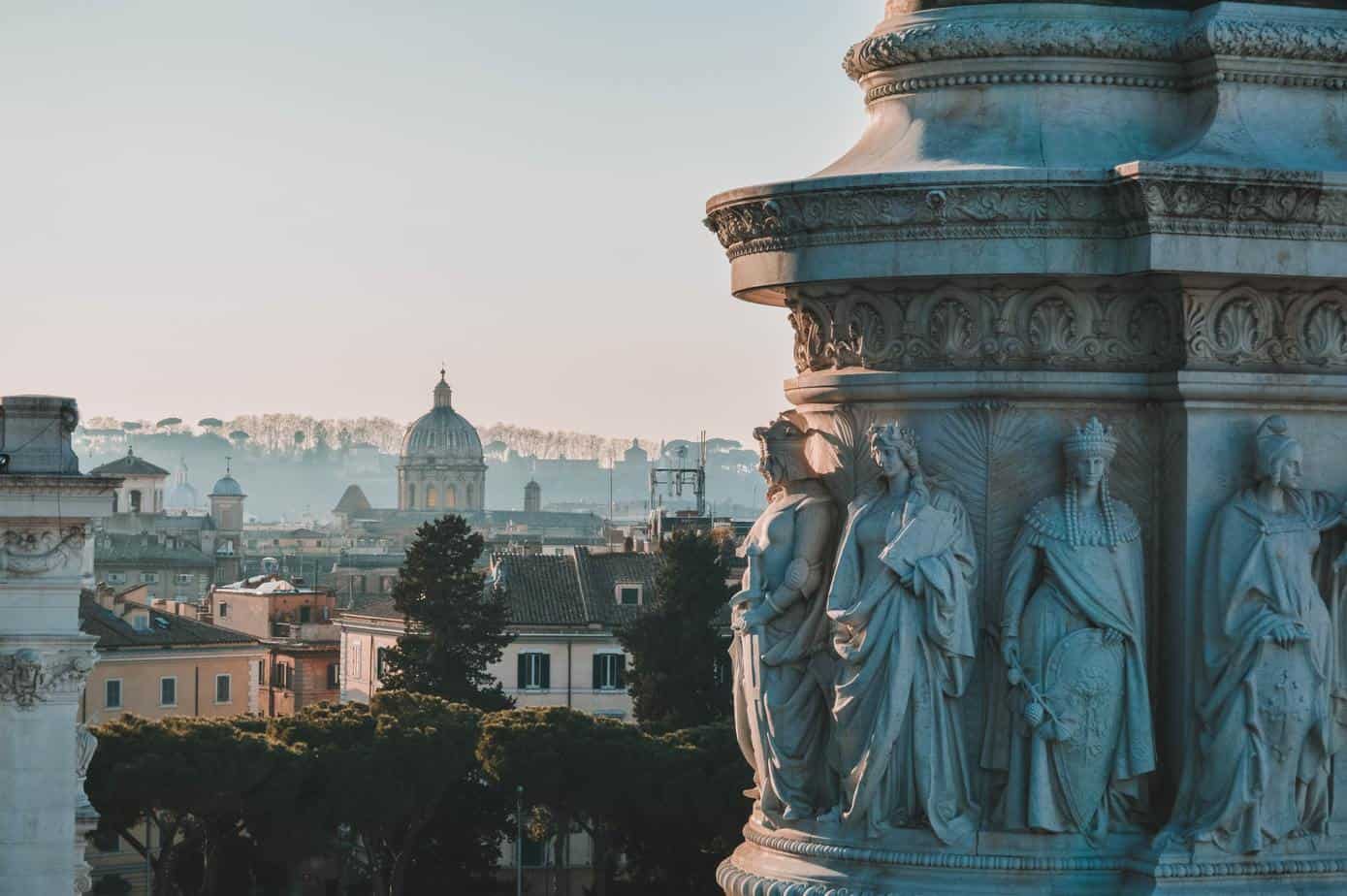
Modern people associate ancient Rome with philosophers, ancient architecture and warriors in golden armor. However, according to historical information, the reality was not quite like that. Here are some interesting facts about Rome that you definitely didn’t learn in school.
In ancient Rome, the blood of slain gladiators was drunk. It was believed that in this way the life force entered a person. In addition to blood, gladiatorial sweat was also of great value. Lubricating the face with it was supposed to provide a beautiful and healthy complexion. Moreover, sweat was supposed to act as an aphrodisiac.
The Romans tended to judge strangers by their clothing, or rather by its color. The natural colors of sheep’s wool, or shades of brownish-yellow and grayish-black, were worn by poor citizens. Red, purple and green, which were obtained from expensive dyes, were a sign of wealth and aristocracy. Lilac clothes signified the highest class and chic.
In Rome, thick, knitted eyebrows were highly prized by women. They were considered a sign of high intelligence, so fashionable Roman women used various tricks to increase the density and bushiness of their eyebrows.
Although Rome produced some of the greatest philosophers in history, the Romans themselves were not particularly fond of them. From their practical point of view, studying philosophy made people unfit for active life and service to the state.
Rich Romans often held extravagant dinners to boast about their wealth. Spectacle was most important, but food was not in short supply either. The Romans ate a lot and reclined. They were so fond of excess that they even introduced the tradition of inducing vomiting during such feasts. All in order to be able to eat even more.
Ordinary citizens in ancient Rome had to pay a tax for using public urinals. In those days, urine was considered a valuable commodity and had a wide range of uses in everyday life. All urinals led to latrines from which the liquid was collected and then processed.
The Romans were very concerned about the health of their teeth. To strengthen them, they used a mixture of crushed bones and oyster shells or pumice with vinegar to clean them. In turn, coal and bark or ashes from burned animal heads were used to fight bad breath
From the late first century AD onward, Roman rulers took daily microdoses of known poisons to make their bodies adapt to them. The mixture of poisons was called mithridatium in honor of the Pontic king Mithridates the Great, who was the first to practice taking poisons to develop immunity to them. And according to sources, he fully achieved it.
Although slavery was common at the time, the Romans treated their slaves quite kindly (or at least not too cruelly). For diligent work, slaves were entitled to bonuses or days off. They even celebrated a holiday during which slaves and masters swapped places!
Sterculius was the Roman god of manure and fertilizer. However, he is not the strangest representative of the local pantheon. Romans also prayed to Cloacina, goddess of sewers, and Crepitus, god of toilets. Cloacina was first the patroness of the main drain of the city of Rome, known as Cloaca Maxima. Later, the Romans began to worship her as the goddess of cleanliness, dirt, and sexual relations within marriage.
Main photo: Carlos Ibáñez/unsplash.com